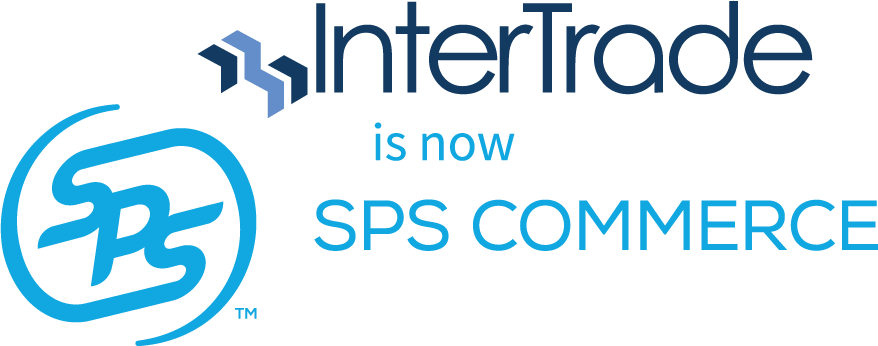On-demand supply chains have transformed the global economy and allow for incredible feats of convenience. But when it comes to the resilience of businesses in the face of major disruptions, so-called ‘just-in-time’ supply chain models can unfortunately act as an Achilles’ heel.
In order to accomplish the synchronization between suppliers, logistics providers and retailers that results just-in-time supply chain – think Amazon Prime – a delicate communication and transportation process must be executed perfectly. Usually this process works well, but there’s a catch: in the retail world, just-in-time discourages the stockpiling of inventory in favor of relying on last-minute delivery of goods to replenish store shelves. This model can result in empty store shelves if new inventory isn’t delivered on time.
In times of disruption or crisis, the weaknesses of the just-in-time global supply chain are laid bare. This is what we are witnessing during the rapid and disruptive spread of novel coronavirus.
As a result of the virus’ disruptive effects, economies and communities face an unprecedented range of threats to business as usual. In China, getting goods to market is challenging. In the U.S., stock markets have plunged; in Italy, the European country hardest-hit by the virus so far, the entire population has been locked down in a bid to contain the spread. Now, countries are taking even more extreme measures: banning travel, closing borders and suspending commercial activity.
How Crises Impact Commerce
What the current pandemic has shown us is that when a crisis arrives, economic dominoes begin to fall as soon as populations are prevented from following their normal routines. Restrictions on travel and on gathering in confined spaces like offices, public transit and manufacturing facilities has consequences: production of goods is negatively impacted, leading to reduced output that in stymies the global supply chain. In such extreme scenarios, consumers can find store shelves empty, as just-in-time becomes days-too-late.
We know that the immediate impact of the coronavirus on the global economy is major and analysts expect the economic fallout from the virus will likely be significant. But what can be done to mitigate both the ongoing risk and the damage already done?
The answer is that, while there is no magic wand that can be waved to eliminate every risk or repair all economic damage, modern digital commerce tools provide technical solutions that can help businesses weather supply chain disruptions and maintain business continuity in challenging times.
What can businesses do to mitigate the risk of disruption to supply chain?
Digital commerce tools are among the few resources available that empower businesses to improve efficiency in supply chain operations by reducing errors, automating manual processes and laying a strong technical foundation for communication between buyers and sellers. All of these benefits can help mitigate the fallout from disruptive events.
By using tools such as Electronic Data Interchange (EDI) to securely exchange business documents and Product Catalogue to ensure that product data and images are provided in the correct format, businesses get goods to market faster and keep communication lines open across the supply chain. By reducing delays, proactively addressing data errors and freeing up resources, these tools can partially mitigate the fallout from disruptive events and help keep commerce flowing.
Remote work powered by digital commerce tools
In the context of the current pandemic, an important way for businesses to help reduce transmission of COVID-19 is by having employees work remotely when possible. During the spread of the coronavirus, many companies around the world have instituted remote-work policies for employees, with some mandating that employees work from home.
Digital commerce tools make remote work possible, enabling productivity and communication even under the most restrictive social circumstances. By using cloud-based platforms to exchange information and process commercial orders from anywhere in the world, companies can protect their employees, their facilities and their operations with minimal effort.
Keeping Supply Chain Moving
In challenging times like these, it can be tempting to succumb to the notion that all commercial activity must simply grind to a halt during the crisis. While top health officials acknowledge that isolation and social distancing are critical to preventing the spread of coronavirus, the reality is that people will continue to need essential items – food, clothing, medicine – to keep daily life functioning. This can’t happen without a resilient global supply chain.
Digital tools allow businesses to maintain operations in even the most trying times – a reassuring thought at a moment when any good news is welcome.




